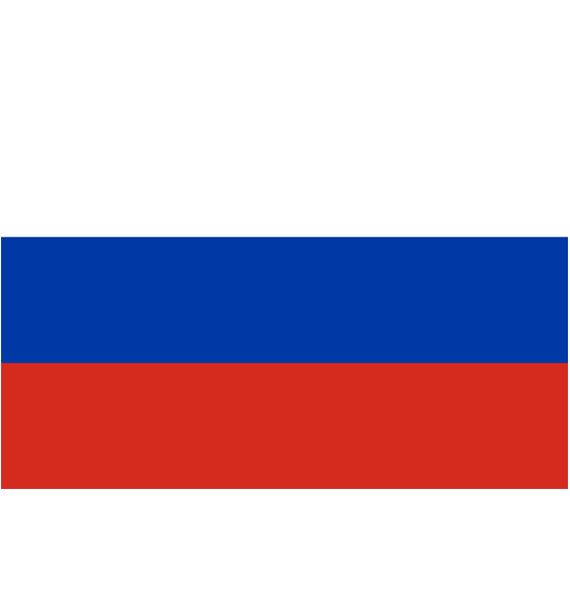350 rub

Journal Highly available systems №4 for 2015 г.
Article in number:
Semiotics in the structure of the semantic geo interoperability, required to render geoobjects
Authors:
S.K. Dulin - Dr. Sc. (Eng.), Professor, Leading Research Scientist, FRC «Computer Science and Control» RAS (Moscow)
N.G. Dulina - Ph. D. (Eng.), Senior Research Scientist, FRC «Computer Science and Control» RAS (Moscow)
D.A. Nikishin - Ph. D. (Eng.), Head of Sector, FRC «Computer Science and Control» RAS (Moscow)
Abstract:
A complex procedure of identification of the observed objects must be implemented in the storage of optical, radar and various struc-tured information on the Arctic zone (SORIAZ). The paper presents the structure of the semantic geo interoperability, decomposing in four versions of the semiotic triangle Frege. Establishing geo interoperability is a necessary measure to ensure consistent visualization of geo objects, which is not enough for a simple way to access the information geodatabases. It takes more time, as should be known in advance the exact Dictionary geodatabases. But the most significant - is that users and providers need to have relevant understanding of the semantics of requests and responses on the geo objects being rendered. It was shown that the simulation semantics should be deeply rooted in the structure of geo interoperability, providing a comprehensive semantic description of the underlying semantic development of spatial data infrastructure.
Pages: 61-68
References
- Budzko V.I., Belenkov V.G., Smetanin N.N., Ulitenkov M.V. KHranilishhe opticheskojj i radiolokacionnojj informacii po arkticheskojj zone («KHORIAZ») // Sistemy vysokojj dostupnosti. 2015. T. 11. № 4. S. 3−15.
- Frege G. Smysl i denotat // Semiotika i informatika. № 35. M.: JAzyki russkojj kultury. 1997. S. 352−379.
- Gavrilova T.A., KHoroshevskijj V.F. Bazy znanijj intellektualnykh sistem. SPb: Piter 2000.
- Burrough P. and Frank A., eds. Geographic Objects with Indeterminate Boundaries. London: Taylor & Francis. 1996.
- Ikujiro Nonaka & Hirotaka Takeuchi. The Knowledge Creating Company: How Japanese Companies Create the Dynamics of Innovation. Oxford University Press. 1995 (http://users.ccnet.com/~tom1359/books.htm#knowledge).
- Dulin S.K., Popovidchenko V.G. Struktura predstavlenija ontologii geodannykh. M.: VC RAN. 2007. 23 s.
- Fonseca F.et al. Ontologies and Knowledge Sharing // Urban GIS. Computer, Environment and Urban Systems. 2000. V. 3. № 24. P. 232−251.
- Fonseca F. and Egenhofer M. Ontology-Driven Geographic Information Systems // 7th ACM Symposium on Advances in Geographic Information Systems. 1999. KansasCity. MO: ACMPress. N.Y.
- Dulin S.K., Dulina N.G. Ot soglasovannosti geodannykh k semanticheskojj geointeroperabelnosti. M.: VC RAN. 2014. 28 s.
- Hjelmager J., Moellering H., Cooper A., Delgado T., Rajabifard A., Rapant P., Danko D., Huet M., Laurent D., Aalders H., Iwaniak A., Abad P., Düren U., Martynenko A.: An initial formal model for spatial data infrastructures // Int. J. Geogr. Inf. Sci. 2008. 22. 1295−1309.
- ISO/IEC 10746:1998 Information technology - Open distributed processing - Reference model: Overview (International Organization for Standardtization. Geneva 1998).


